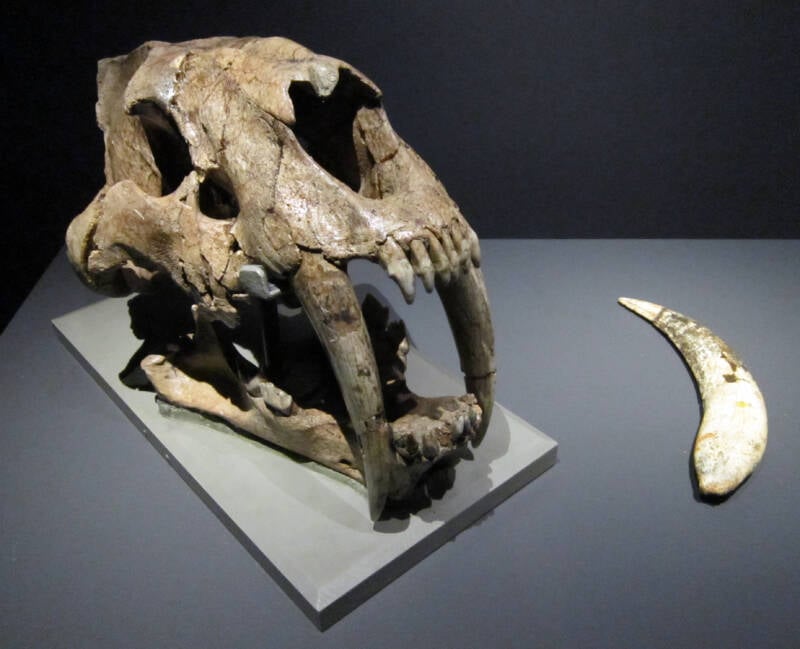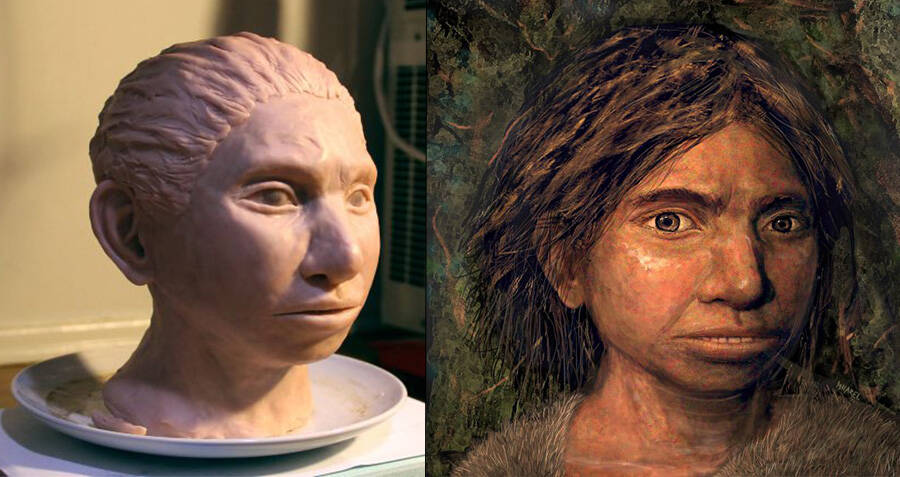Uncovered 16-Inch Saber-Toothed Tiger Skull Reveals Shocking Truth About Their Gigantic Size!
The specimen was dug up in southern Uruguay by an amateur fossil hunter named Ricardo Praderi who later donated it to the museum in September 1989. At the time, archaeological digs around the region had mostly uncovered large herbivores, often the size of a large truck.
The discovery of the S. populator skull has debunked what paleontologists had previously believed about the food chain in that prehistoric ecosystem.
“We’ve always wondered: Who could take down a giant ground sloth?” wondered Kevin Seymour, a paleontologist at Toronto’s Royal Ontario Museum who reviewed the research. “If Smilodon is getting this big, there’s a potential for it to be taking down these giant adult herbivores.”
Although there’s a good chance that the S. populator could have dined on large herbivore prey, there are still a few things to consider.
First, it really depends on the way the S. populator brought down their prey. If their methods were anything like the big cats today then hunting larger prey might be out of the question since that means they would need to wrestle them down to the ground.

Wikimedia CommonsAnother skull specimen of S. populator from the Zoological Museum in Copenhagen.
But the S. populator did have an upper-paw compared to its modern relatives: they could have used their razor-sharp sabers to slice the larger prey in a vulnerable body spot and just wait for them to bleed out from a safe distance.
Hunting larger prey would also be easier if the S. populator hunted in packs. But as of now, there hasn’t been any evidence of that kind of group behavior among the species.














Post Comment